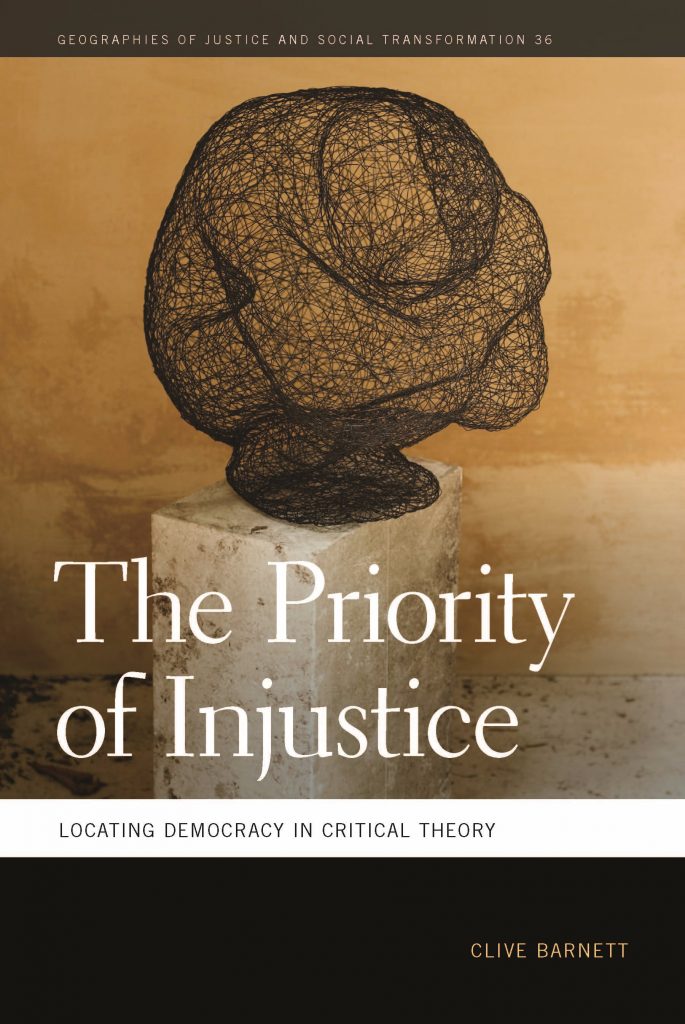I am pleased to share that an article I co-authored with Rebecca Sandover (1st author) and Steve Hinchliffe has finally been published in Geoforum. I would like to congratulate my co-author Rebecca Sandover for this achievement – the article went through a lengthy review process but is now available as an open access article. You can read the whole article, for free, on the Geoforum website. To get a sense of the argument, here is the abstract:
Geographers and other social scientists have for some time been interested in how scientific and environmental controversies emerge and become public or collective issues. Social media are now key platforms through which these issues are publicly raised and through which groups or publics can organise themselves. As media that generate data and traces of networking activity, these platforms also provide an opportunity for scholars to study the character and constitution of those groupings. In this paper we lay out a method for studying these ‘issue publics’: emergent groupings involved in publicising an issue. We focus on the controversy surrounding the state-sanctioned cull of wild badgers in England as a contested means of disease management in cattle. We analyse two overlapping groupings to demonstrate how online issue publics function in a variety of ways – from the ‘echo chambers’ of online sharing of information, to the marshalling of agreements on strategies for action, to more dialogic patterns of debate. We demonstrate the ways in which digital media platforms are themselves performative in the formation of issue publics and that, while this creates issues, we should not retreat into debates around the ‘proper object’ of research but rather engage with the productive complications of mapping social media data into knowledge (Whatmore, 2009). In turn, we argue that online issue publics are not homogeneous and that the lines of heterogeneity are neither simple or to be expected and merit study as a means to understand the suite of processes and novel contexts involved in the emergence of a public.





 My brilliant colleague Clive Barnett is
My brilliant colleague Clive Barnett is 


 Martin Dodge and Rob Kitchin’s 2001 book Mapping Cyberspace is now available as a
Martin Dodge and Rob Kitchin’s 2001 book Mapping Cyberspace is now available as a